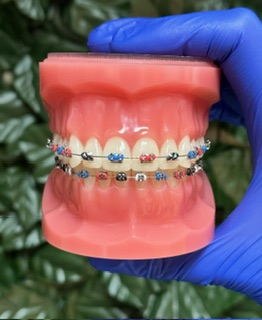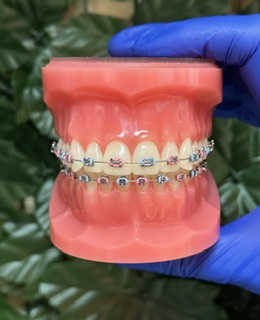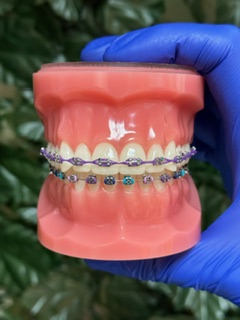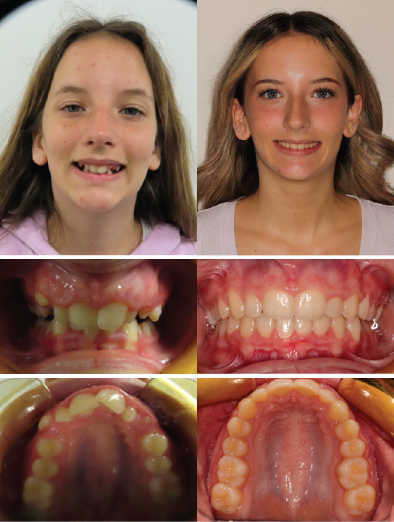Will I Need Impressions?
January 25th, 2024
Gone are the days of messy and uncomfortable orthodontic impressions, thanks to the advent of digital orthodontics. Our office does not use any traditional dental impressions and all models of the teeth are taken digitally in a quick and comfortable fashion.
The Downside of Traditional Impressions
Traditional orthodontic impressions involve using a putty-like material placed in a tray that is then pressed into your mouth to capture the shape and size of your teeth and gums. While this technique has been effective for many years, it comes with several downsides:
1. Discomfort: Orthodontic impressions can be uncomfortable, causing gagging sensations and discomfort in some patients.
2. Messy: The putty used in impressions can be messy, leading to some patients feeling anxious or uneasy during the procedure.
3. Time-Consuming: Traditional impressions may require multiple attempts to achieve accurate results, which can be time-consuming for both the patient and the dentist.
4. Material Storage: Orthodontic offices need to store physical impression molds, which can take up valuable space and require maintenance over time.
Our Digital Approach: Say Goodbye to Impressions
At our cutting-edge orthodontic office, we have fully embraced the power of digital orthodontics. Instead of relying on traditional impressions, we use state-of-the-art intraoral scanners to capture highly detailed 3D images of your teeth and gums. These scans provide us with precise digital replicas of your mouth, enabling custom treatment plans with unmatched accuracy. We also use these digital impression to 3-D print models to fabricate retainers.
Advantages of Digital Orthodontics
1. Comfortable Experience: With our intraoral scanners, you can bid farewell to the discomfort and gagging associated with traditional impressions. The scanning process is non-invasive and allows for a more comfortable experience during your orthodontic visits.
2. Time-Efficient: Digital scans significantly reduce chair time, as there is no need for multiple attempts to get an accurate impression. This means fewer visits to the orthodontic office and quicker treatment planning.
3. Enhanced Precision: The digital scans provide detailed and precise images, allowing our dentists to create custom restorations that fit perfectly and deliver optimal results.
4. Environmentally Friendly: By eliminating the need for physical impression materials, our fully digital approach contributes to a more eco-friendly orthodontic practice.
5. Improved Communication: Digital scans can be instantly shared and stored in our computer systems, facilitating seamless communication with our orthodontic laboratory partners if needed.
At our digital orthodontic office, patient comfort and satisfaction are our top priorities. By embracing cutting-edge technology, we have eliminated the need for traditional impressions and the associated discomfort, mess, and inconvenience. Our intraoral scanners allow for a faster, more precise, and environmentally friendly orthodontic experience, leading to superior outcomes for our patients.
So, if you've been dreading the thought of orthodontic impressions, fear not! We see patients from Hernando and Citrus Counties in areas such as Spring Hill, Brooksville, Lecanto, Crystal River, Inverness, Beverly Hills and all surrounding areas. Schedule your appointment with us and experience the benefits of digital dentistry firsthand. Embrace the future of orthodontic care and let us take care of your oral health with our state-of-the-art, impression-free approach. Your smile deserves the best, and at our digital office, we're committed to providing you with exceptional orthodontic care, minus the impressions!





